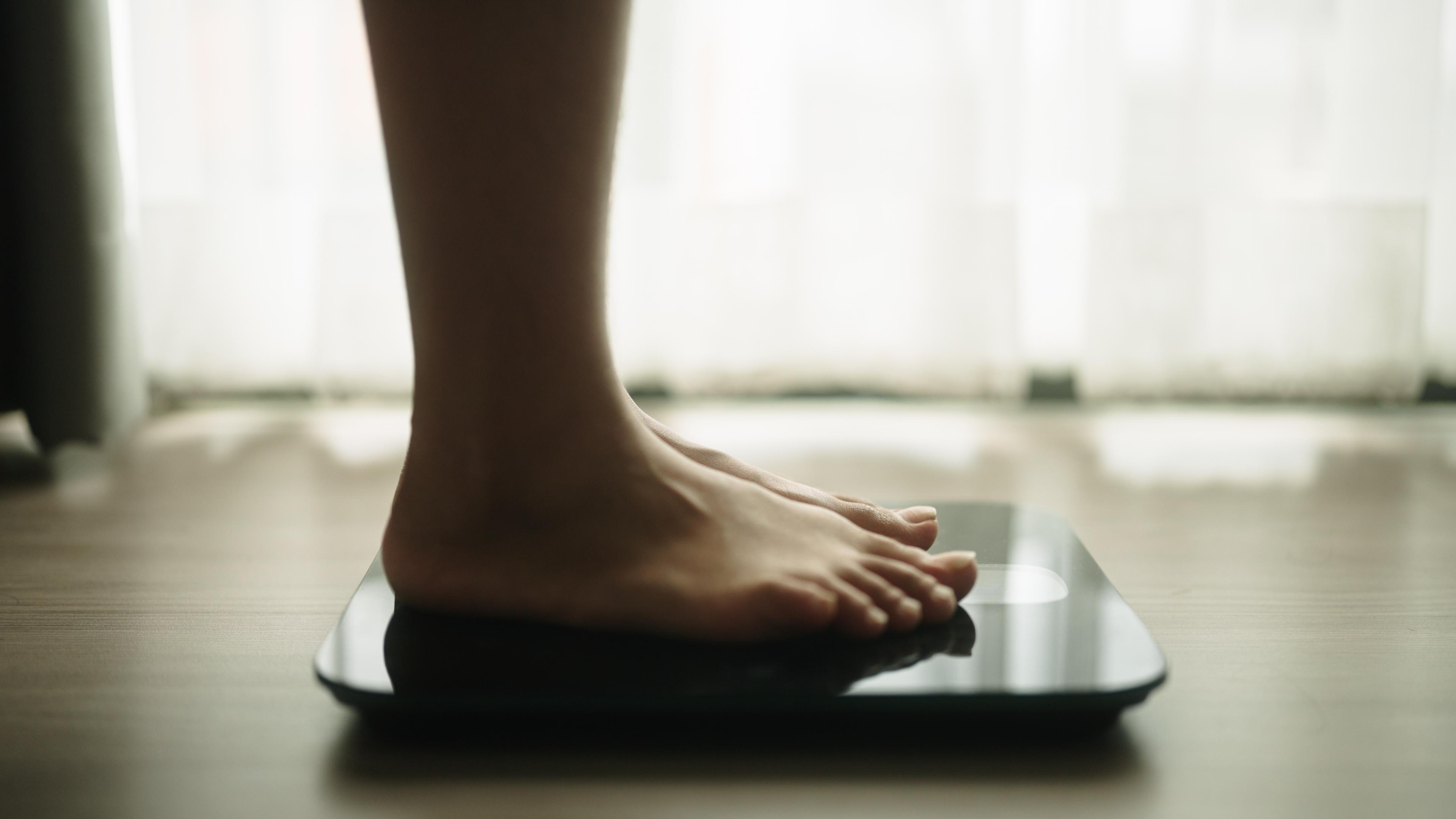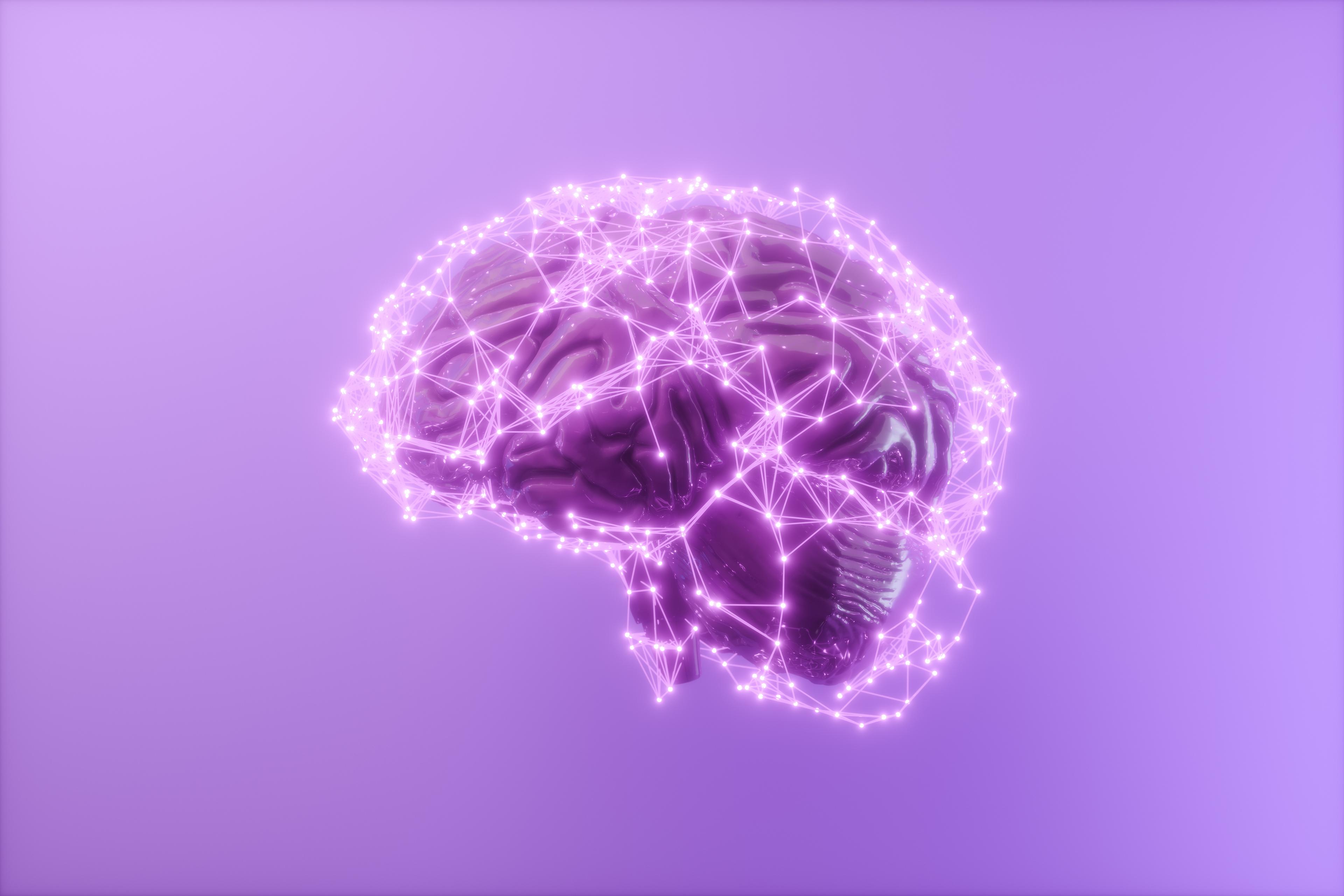
For adults in eating disorder treatment, one of the approaches that’s frequently used is CBT-E, or enhanced cognitive behavioral therapy (also sometimes referred to as cognitive behavioral therapy for eating disorders). CBT-E is often used alongside other evidence-based modalities for treating eating disorders—like dialectical behavioral therapy (DBT), exposure and response prevention (ERP), and family-based treatment (FBT)—but CBT-E is emerging as the leading therapeutic approach for treating adults with eating disorders.
So what, exactly, is CBT-E? And as a provider, how can you know if it’s right for your patient? Dr. Urmi Patel, Equip’s Director of Clinical Training, answers common questions providers have about CBT-E and how it works in the context of eating disorder treatment.
What is CBT-E?
CBT-E is the abbreviation for “enhanced cognitive behavior therapy,” and is one of the most effective treatments for eating disorders. It’s a transdiagnostic treatment, which means it can treat all types of eating disorders including anorexia nervosa, bulimia nervosa, binge eating disorder, and other eating disorders. It was developed as an outpatient treatment for adults by Christopher Fairburn, MD, with an augmented version that involves family members in treatment developed for adolescents by Riccardo Dalle Graves, MD.
CBT-E is not a “one-size-fits-all” treatment; it is highly individualized. This means that the treatment team creates a specific version of CBT-E to match the exact eating behaviors the person is seeking treatment for.
CBT-E is highly individualized for each patient, but it generally has four stages of treatment, with the goal being to re-establish regular eating habits and address emotions and behaviors that are keeping the eating disorder stuck. This is done by challenging a patient’s distorted perception that their self-worth is intertwined with their body and weight, and that they have the ability to control both. If a person is underweight, there is also a focus on weight restoration. With adolescents, providers work to enlist support from others, like parents, to help the adolescent get their health back on track.
How is CBT-E different from CBT?
Cognitive behavioral therapy (CBT) is a popular treatment modality that focuses on identifying patterns of thoughts, emotions, and behaviors that impact a person’s life in a negative way, and then guiding a person to change their perception about themselves, others, and the future. This shift in perception, in turn, leads harmful behaviors to decrease and, eventually, stop.
CBT has been adapted to treat a wide range of mental health conditions, including depression, anxiety, OCD, and more. CBT-E is a form of CBT that has been adapted to treat eating disorders.
Does CBT-E work? What does the research say about how effective it is for eating disorders?
CBT-E has been shown to have an impactful reduction in eating disorder behaviors in numerous clinical trials. Research indicates two-thirds of CBT-E patients have a positive response. Most people who respond well to CBT-E for eating disorders can develop regular eating behaviors within the first month of treatment.
The UK’s National Institute for Health and Care Excellence (NICE) guidelines recommend CBT-E as the first-line treatment for adults with bulimia nervosa and binge eating disorder and one of three potential treatments to consider for anorexia nervosa. CBT-E supports weight restoration when needed, and decreases eating disorder symptoms, including reducing or stopping binge- purge cycles or restrictive eating.
One study randomly assigned 70 cisgender female participants with bulimia nervosa to either five months of CBT-E (20 sessions) or two years of weekly psychoanalytic psychotherapy. After five months of therapy, 42% of CBT-E participants stopped their cycle of binge eating and purging, compared to 6% of the psychoanalytic participants. After two years of treatment, 44% of the CBT participants were symptom-free, compared to 15% of the psychoanalytic participants.
Another study compared CBT-E with interpersonal therapy (IPT), an alternative leading treatment for adults with an eating disorder. In this study, 130 participants with an eating disorder were randomly assigned to receive either CBT-E or IPT. Both treatment groups received twenty sessions of therapy over a period of 20 weeks, including a 60-week follow-up period. At post-treatment, 66% of the CBT-E participants were in remission from an eating disorder, compared to 33% of the IPT participants. Over the follow-up period, the CBT-E remission rate remained higher than IPT (69 versus 49 percent).
What does CBT-E look like in practice?
Because CBT-E is highly individualized, it will look different from patient to patient. However, some tools and practices that CBT-E often uses include:
- Providing psychoeducation on what maintains the eating disorder the the medical consequences of the eating disorder
- Helping a patient regularly monitor their eating behaviors
- Implementing regular eating patterns
- Doing exposure work to introduce feared or “forbidden” food
- Preventing binging and purging behaviors with strategies like delaying the urge or coming up with a list of alternative actions
- Cognitive restructuring of eating disorder thoughts, negative body image, perfectionism, and self-esteem issues
- Establishing a relapse prevention plan, with strategies on how to address setbacks
- Reviewing progress and identifying barriers to recovery, then addressing them collaboratively
In general, each CBT-E session focuses on the processes that maintain a person’s eating disorder. As they progress through therapy, the emphasis can shift to the future, focusing on managing setbacks and maintaining progress.
- Murphy, Rebecca et al. “Cognitive behavioral therapy for eating disorders.” The Psychiatric clinics of North America vol. 33,3 (2010): 611-27. doi:10.1016/j.psc.2010.04.004
- Atwood, Molly E, and Aliza Friedman. “A systematic review of enhanced cognitive behavioral therapy (CBT-E) for eating disorders.” The International journal of eating disorders vol. 53,3 (2020): 311-330. doi:10.1002/eat.23206
- Poulsen, Stig et al. “A randomized controlled trial of psychoanalytic psychotherapy or cognitive-behavioral therapy for bulimia nervosa.” The American journal of psychiatry vol. 171,1 (2014): 109-16. doi:10.1176/appi.ajp.2013.12121511
- Fairburn, Christopher G et al. “A transdiagnostic comparison of enhanced cognitive behaviour therapy (CBT-E) and interpersonal psychotherapy in the treatment of eating disorders.” Behaviour research and therapy vol. 70 (2015): 64-71. doi:10.1016/j.brat.2015.04.010








